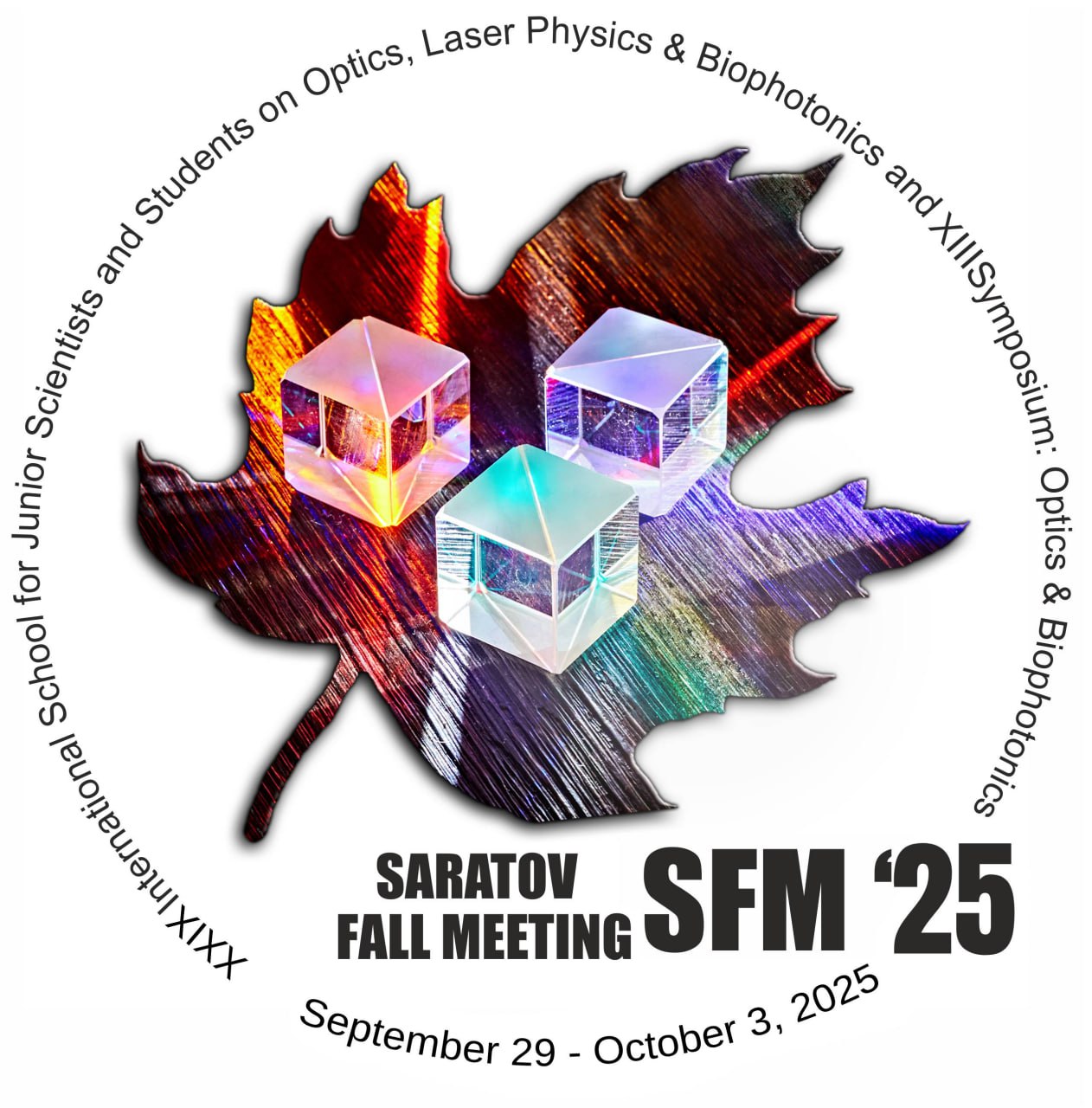Possibilities of Optical Coherence Elastography for determining of changes in tumor tissue stiffness value post neoadjuvant chemotherapy
Anton A. Plekhanov, Privolzhsky Research Medical University;
Marina A. Sirotkina, Privolzhsky Research Medical University;
Sergey S. Kuznetsov, Privolzhsky Research Medical University;
Alexander A. Sovetsky, Institute of Applied Physics RAS;
Ekaterina V. Gubarkova, Privolzhsky Research Medical University;
Vladimir Y. Zaitsev, Institute of Applied Physics RAS;
Natalia D. Gladkova, Privolzhsky Research Medical University.
Abstract
The main aim of this study is to determine the stiffness of tumor tissue in patients who underwent neoadjuvant chemotherapy courses according to clinical guidelines. Determination of stiffness values for morphological components of the breast cancer and colon cancer tissues, which characterize the therapeutic effect of neoadjuvant chemotherapy, was carried out by the method of compression optical coherent elastography (OCE) [Zaitsev, JBO 2014]; the OCE method is implemented on a multimodal OCT-system developed at the Institute of Applied Physics RAS [Gelikonov, Bulletin RAS: Physics, 2008]. The effectiveness of the OCE method was shown both for the determination of various morphological components of tumor tissue in breast cancer [Gubarkova, BOE, 2019] and colon cancer [Plekhanov, Proc. SPIE, 2020] and even differentiating morphological and molecular subtypes of breast cancer [Gubarkova, BOE, 2019], and for the study of the effectiveness of therapy on tumor animal models of breast cancer [Plekhanov, SciRep, 2020] and colon cancer [Sirotkina, BOE, 2020]. This study describes the ability of the OCE method to determine areas of necrosis of tumor tissue, which are likely to be the result of therapy. It’s determined that the stiffness ranges of necrosis and adipose tissue overlap by more than 70% of values. Areas of necrosis characterized by low stiffness values (
Speaker
Anton A. Plekhanov
Privolzhsky Research Medical University
Russia
Discussion
Ask question


